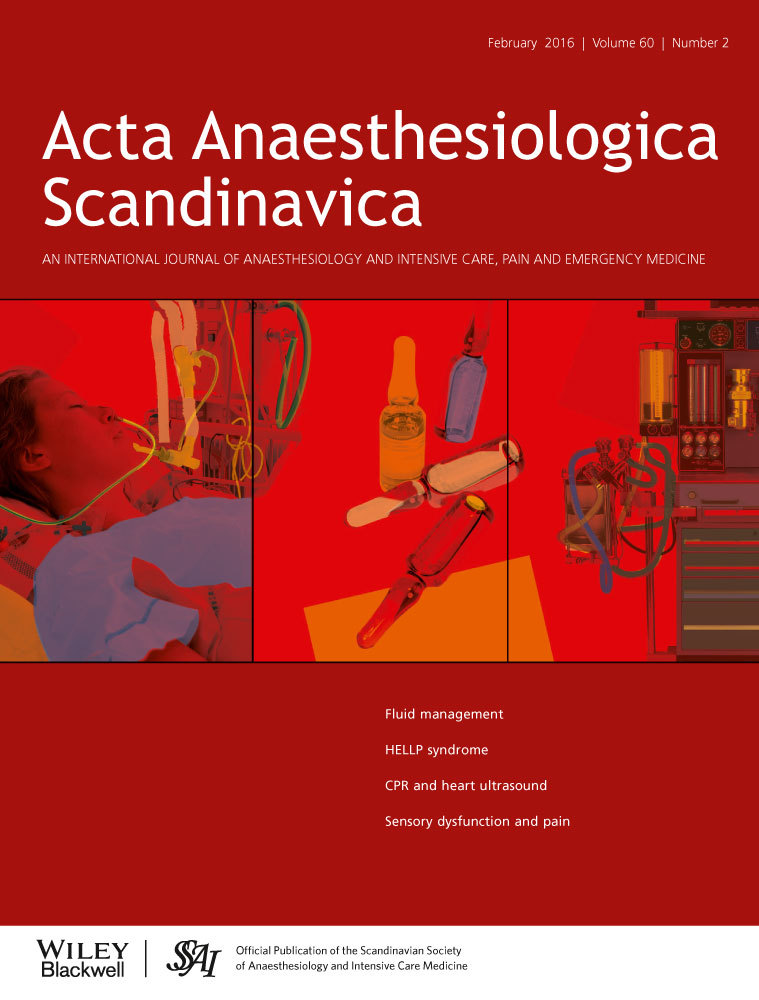Asphyxia causes ultrasonographic D-shaping of the left ventricle – an experimental porcine study
Conflicts of interest:
Erik Sloth has received minor fees for lectures by GE Healthcare.
Funding:
The Lundbeck Foundation and The Laerdal Foundation provided the main part of the project funding
Abstract
Introduction
In critical care, early diagnosis and correct treatment are of the utmost importance. Focused ultrasonography has gained acceptance as a pivotal tool for this by elucidating the underlying pathology. For example, massive pulmonary embolism is characterised by right ventricular dilatation. However, theoretically these characteristics might also be generated by asphyxia and the consequent hypoxia. We aimed to evaluate the ultrasonographic characteristics of asphyxia in a porcine model.
Methods
Nineteen (13 intervention, 6 control) piglets were subjected to asphyxia until cardiac arrest, by disconnecting the ventilator tube. Ultrasonographic short-axis cine loops of the left ventricle were obtained every 30 seconds. The left ventricular (LV) eccentricity index (index of LV D-shaping) was quantified along with LV end-diastolic/end-systolic areas. Invasive pressures were measured throughout.
Results
The LV eccentricity index increased from 1.14 (1.10–1.31) to 1.86 (1.48–2.38), (P = 0.002), after 1.5 min, receded thereafter to baseline levels followed by a second increase after 5.5 min. LV end-diastolic area decreased from 11.6 cm2 (11.1–13.2) to 6.3 cm2 (3.3 –11.0) after 2.0 min (P = 0.009). Subsequently, values returned to the baseline level.
Discussion
The early and transient acute dilatation of the RV, coinciding with D-shaping of the LV and decrease in LV end-diastolic area seen in our study represent a combination of ultrasonographic characteristics normally attributed to pulmonary embolism. Early changes in ventricular chamber sizes and shape with septal flattening related to asphyxia can occur, but appear to be transient and disappear as circulatory collapse progresses, in an animal model. Despite this, asphyxia may represent a cause of ultrasonographic misinterpretation.




